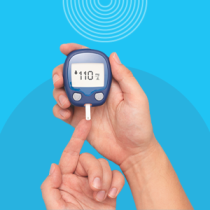- Legal
- Funeral
- Pricing per monthIndividualFamily
- Compare all Individual Plans
- Compare all Family Plans
- Health
- Pricing per monthIndividualFamily
- Compare all family Plans
- Compare all individual Plans
- My AI Lawyer
Health hub
Health hub
Educate and empower yourself with our health hub library. we’ve got all your health tips, updates, news & more available here.

Digital Overload & Your Mind
Phones never sleep, and neither does stress. Discover how screen time, hidden costs, and silent symptoms damage mental health, and learn the early actions that safeguard your mind, family, and finances. How constant connection drains our mood, our money, and our families; and the small steps that protect your mental health (and your wallet).
10 October 2025 | 3 minute read
Article

Buzz Off! The Tiny Terror That Outsmarts Sharks, Snakes, and Serial Killers
When you think of the world's deadliest creatures, images of great white sharks, venomous snakes, or even the occasional rogue hippo might come to mind. But surprise! The real MVP (Most Virulent Pest) is none other than the pesky mosquito. Malaria Hotspots in South Africa
3 April 2025
Article

Prioritising Mental Wellness:
South Africa is grappling with an increasing mental wellness crisis. According to a 2023 study by the South African Depression and Anxiety Group (SADAG), one in three South Africans will suffer from mental wellness issues at some point in their lives.
15 November 2024
Article














